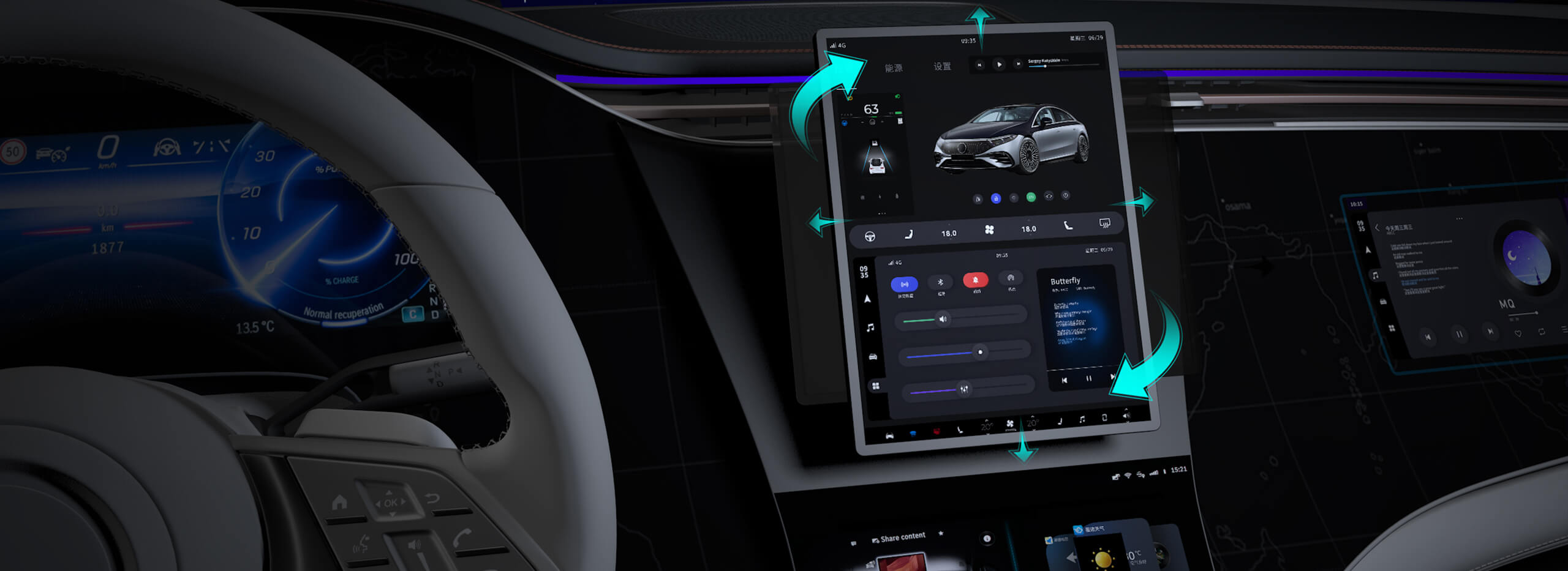When you first dive into the world of microcontrollers and robotics, one of the most exciting components you'll encounter is the servo motor. Typically associated with precise angular movements—think robotic arms, camera gimbals, and robotic joints—servos are often viewed as entities capable of rotation within a specific range, usually from 0 to 180 degrees. However, there’s a whole universe beyond this limited arc: the realm of 360-degree, or continuous rotation, servos.

Understanding the fundamental difference is key. Standard servos are designed with a built-in potentiometer that helps monitor their position, allowing for precise control within a limited angular range. They're ideal for applications where position accuracy is important. Conversely, Arduino servo 360 degrees, often called continuous rotation servos, are modified or specially designed to rotate freely in either direction, much like a wheel.
Why use a 360-degree servo? Imagine creating a remote-controlled vehicle, a rotating camera system, or an automated conveyor belt. These projects require continuous rotation rather than angular positioning. Using a standard servo would be cumbersome because you'd need complex feedback mechanisms to gauge rotation, and even then, it’s often less reliable. A dedicated 360-degree servo simplifies this by translating the command signals into rotation speed and direction rather than position.
How does an Arduino control a 360-degree servo? In standard servos, the control signal—PWM (Pulse Width Modulation)—is mapped to a position within 0 to 180 degrees. For continuous rotation servos, that same PWM signal isn't mapped to position but rather to speed and direction. Usually, a 1.5 ms pulse width to Neutral (stop), less than 1.5 ms for reverse, and greater than 1.5 ms for forward. By adjusting these pulse widths, the Arduino can control how fast and in which direction the servo spins.
Getting started with Arduino and 360-degree servos: The good news for hobbyists and makers is that controlling these servos is relatively straightforward within the Arduino environment. You’ll need an Arduino board (like an Uno or Mega), a compatible continuous rotation servo, and a basic understanding of PWM signals. The Arduino IDE streamlines this process with existing libraries such as the Servo library, which, surprisingly, supports continuous rotation servos with some tinkering.
Practical applications This versatile component finds itself in a spectrum of innovative projects. For example, in robotics, many robotic bases use continuous rotation servos in their wheels for omnidirectional movement. In photography, pan-and-tilt camera systems employ these servos to achieve smooth, continuous rotational movement. Even in art installations, they serve as kinetic elements, spinning or moving with precise control.
Choosing the right 360-degree servo Not all servos are created equal. When selecting a servo for your project, consider torque, speed, and durability. Some cheaper servos may lack the power or consistency needed for demanding tasks, so investing in a quality model might save you headaches down the line. Brands like Turnigy, Hitec, and Futaba produce reliable continuous rotation servos widely used in robotics competitions and DIY projects alike.
Limitations and considerations While these servos are incredibly versatile, they aren’t perfect for all applications. Since control is based on PWM signals for speed rather than position, they lack precise angular feedback. Also, continuous rotation servos can sometimes be less precise in control than geared geared motors with encoders.
Furthermore, it’s important to note that running a servo at its maximum speed for extended periods can generate heat and reduce lifespan. Proper power management and occasionally letting the servo rest can extend its operational life.
Getting the most out of your Arduino and 360-degree servo Experimentation is key. Adjusting PWM signals to tune your servo's response or integrating feedback mechanisms like encoders can bring projects to new heights. For instance, adding sensors for feedback enables closed-loop control, transforming a simple continuous rotation servo into a more precise positioning device.
In the upcoming section, we’ll explore detailed wiring diagrams, sample code snippets, and project ideas that will make your Arduino-powered 360-degree servo projects come alive. Whether you're building a robotic rover, an automated art installation, or a pan-and-tilt camera system, mastering the use of these versatile servos opens up a world of creative possibilities.
Established in 2005, Kpower has been dedicated to a professional compact motion unit manufacturer, headquartered in Dongguan, Guangdong Province, China.




































